For all the intense promise and awesome potential of the upcoming Porsche 918 Spyder, the very first running prototype looks a mess as it hoves silently into sight across the Nardo test track in southern Italy.
The squat two-seater, with two extravagant top-exiting tailpipes pointing skywards out of the engine bay at the rear, could be mistaken for a home-built project rather than a multi-million-pound precursor to what’s likely to be the world’s most advanced supercar.
This is the only 918 Spyder prototype in existence, clothed in a mix of modified 911 panels and, it seems, anything else laying around the workshop floor. It’s a rolling chassis to test the petrol-electric hybrid drive components to see if they operate reliably in the tight confines of the new car.
Once Porsche is satisfied the engine, motors, battery and other electronic units achieve reliability standards, it will begin to construct more production-ready prototypes. Most are earmarked for durability testing, but some will end their lives against an offset barrier as part of crash testing.
Four-square stance
The initial impression of the 918 Spyder is its ultra-low height. It looks tiny, but it quickly becomes clear it follows the trend of other recent wide, high-end supercars. At 4643mm long, 1940mm wide and just 1167mm high, the 918 Spyder is 30mm longer, 19mm wider and the same height as the Porsche Carrera GT. It rides on the same 2730mm wheelbase but, even at this early stage, it is clear the production car will have a four-square stance.
Inside the two-seat cabin, wiring runs everywhere and getting in isn’t easy. There’s a wide carbonfibre sill, wires and other electric devices littering the cabin. The 911 GT3 seat and six-point harness, is positioned just 270mm above the ground – the same as for the production car. It is lower than the Carrera GT, which boasted one of the lowest seats in the business.
Once settled, I can take in the low dashboard, 911 steering wheel, Boxster instrument binnacle, wide centre console, stubby gearlever, extreme windscreen and limited rearward vision. The cabin is pretty improvised at this stage and created to ensure the prototype is driveable. This prototype has a fixed roof, but production models will have a removable roof panel.
My chauffeur, Porsche development engineer Holger Bartels applies his right foot heavily.
First sensation? Torque, and lots of it. It weighs nearly 1700kg – 400kg more than the car it replaces – but the 918 bolts out of the blocks with all the abandon of the Carrera GT, if not quite the same aural intensity.

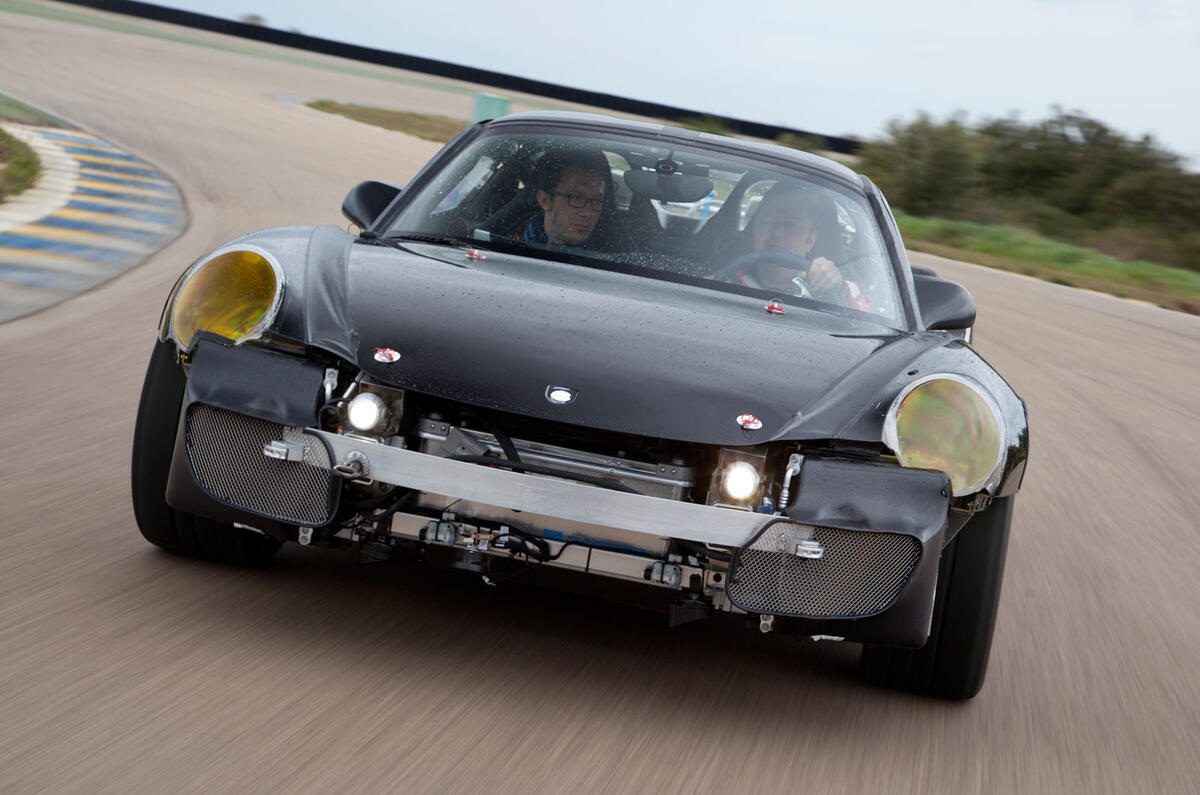
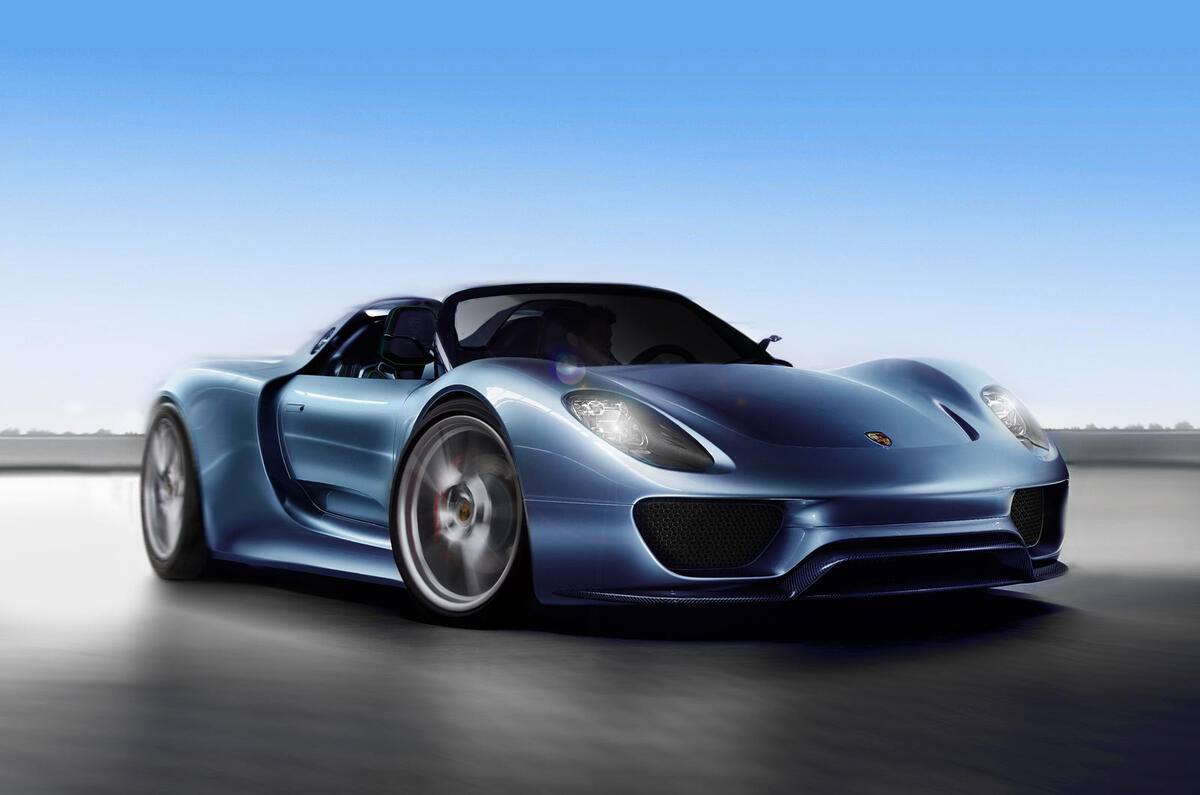
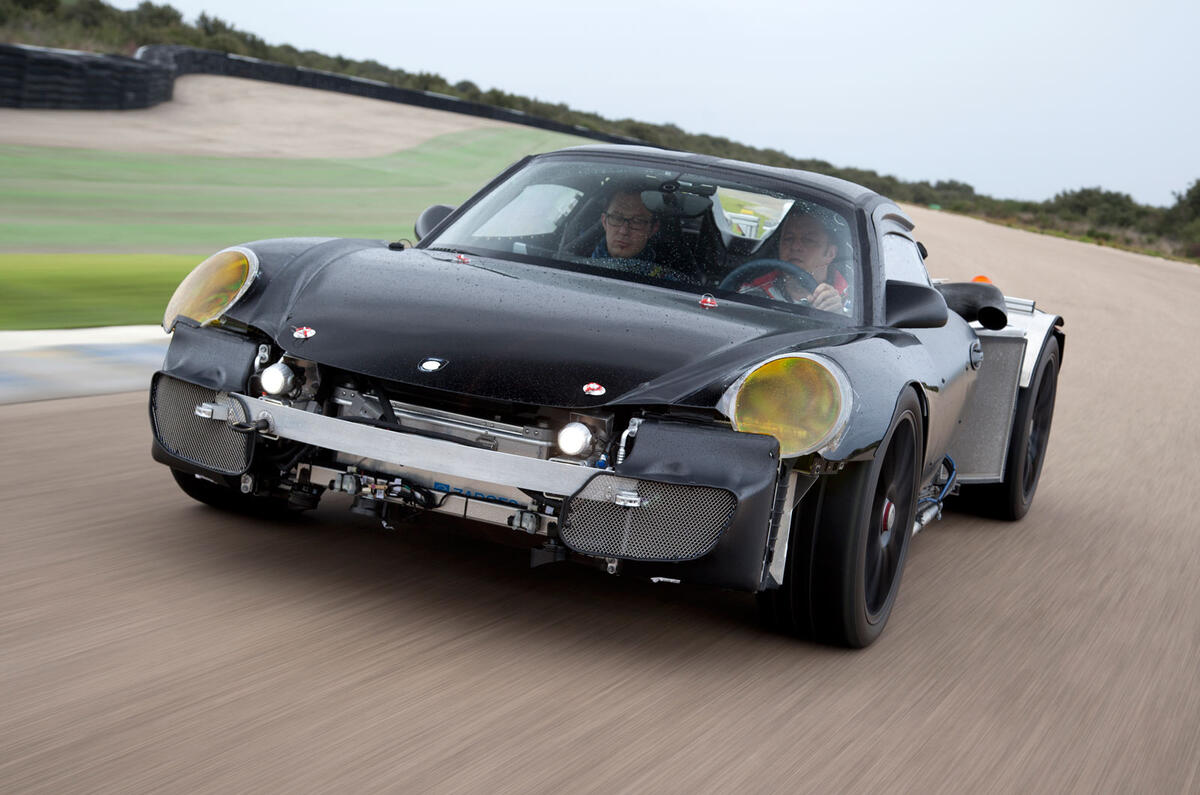
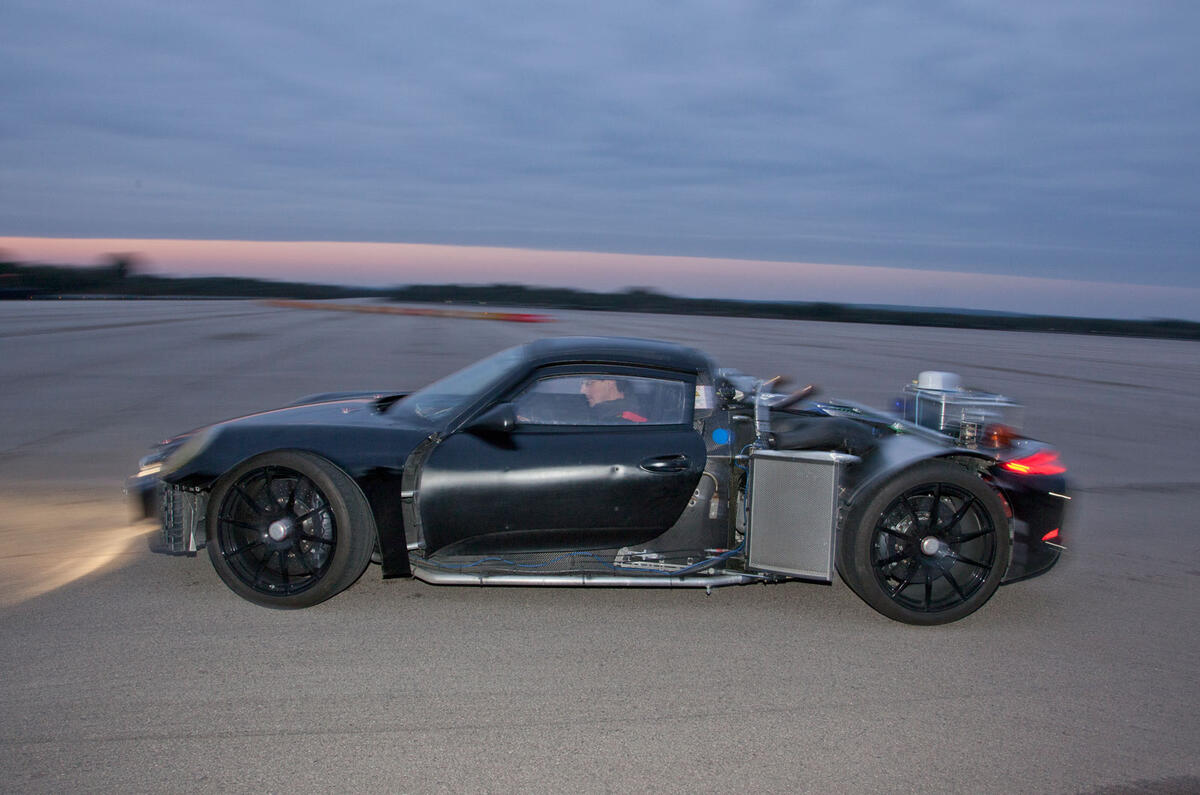
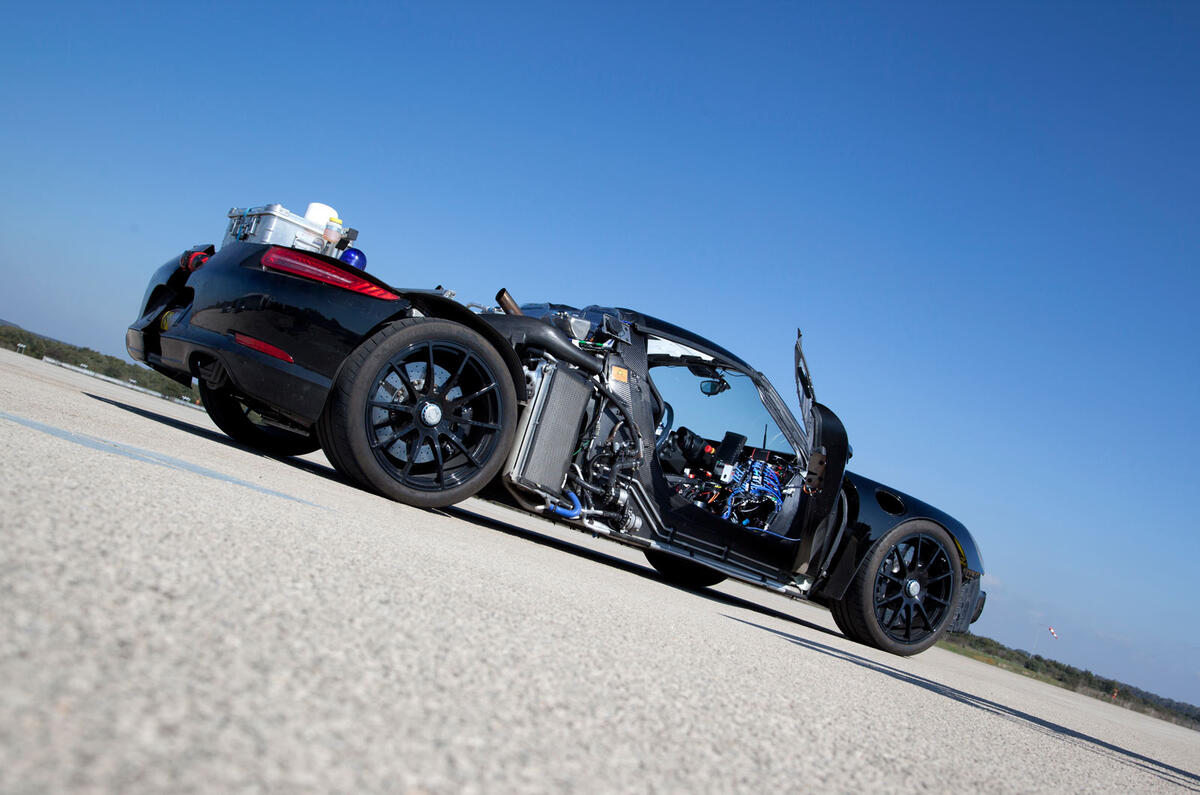
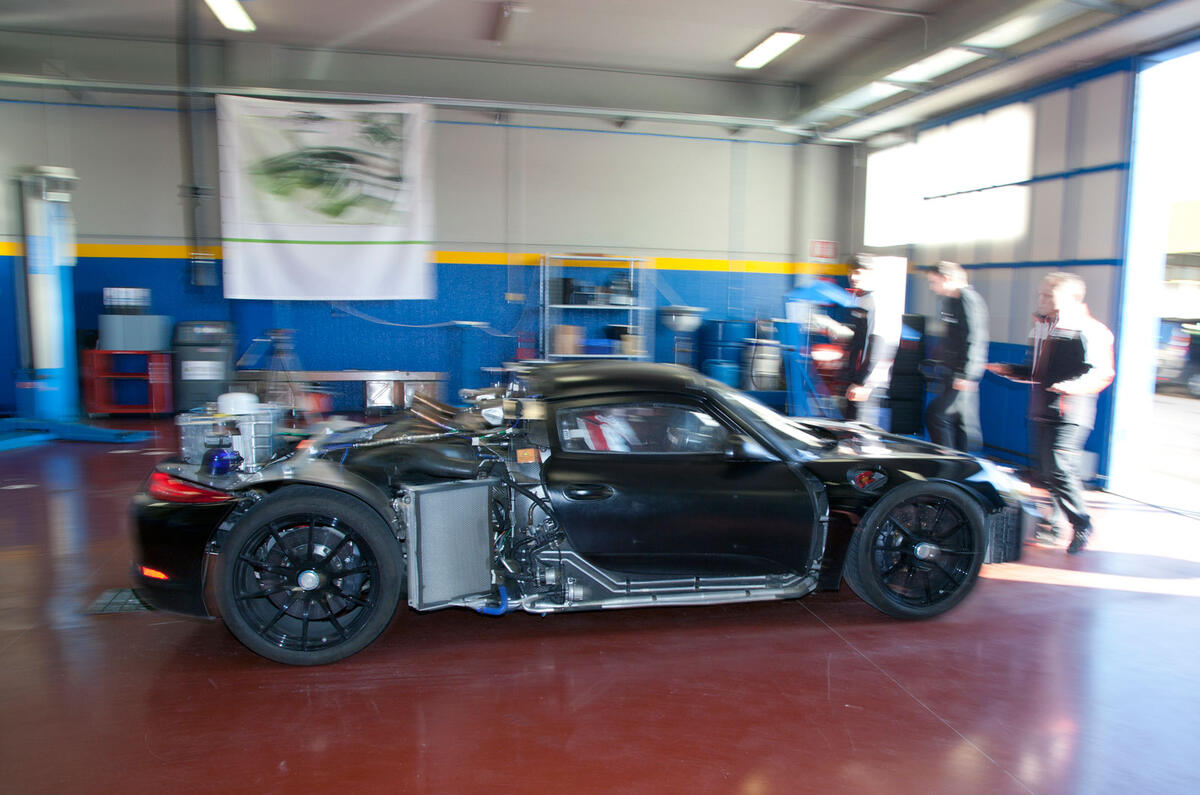
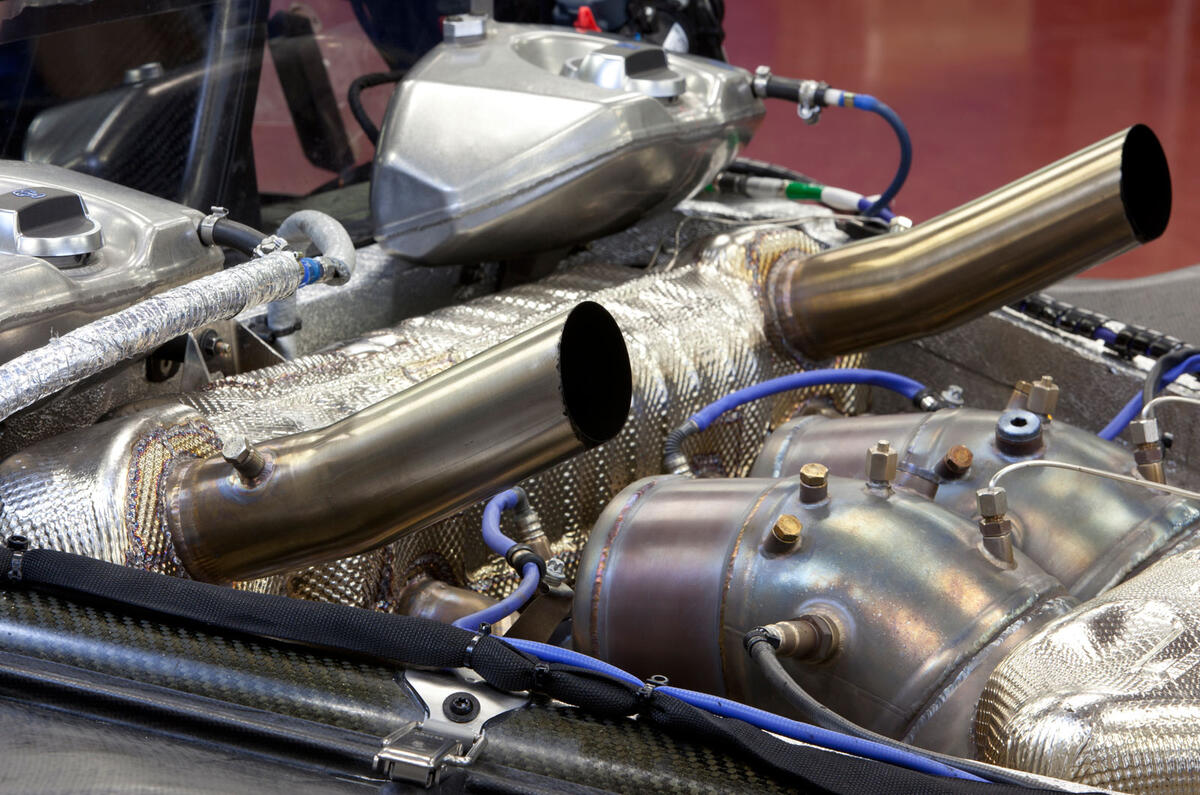
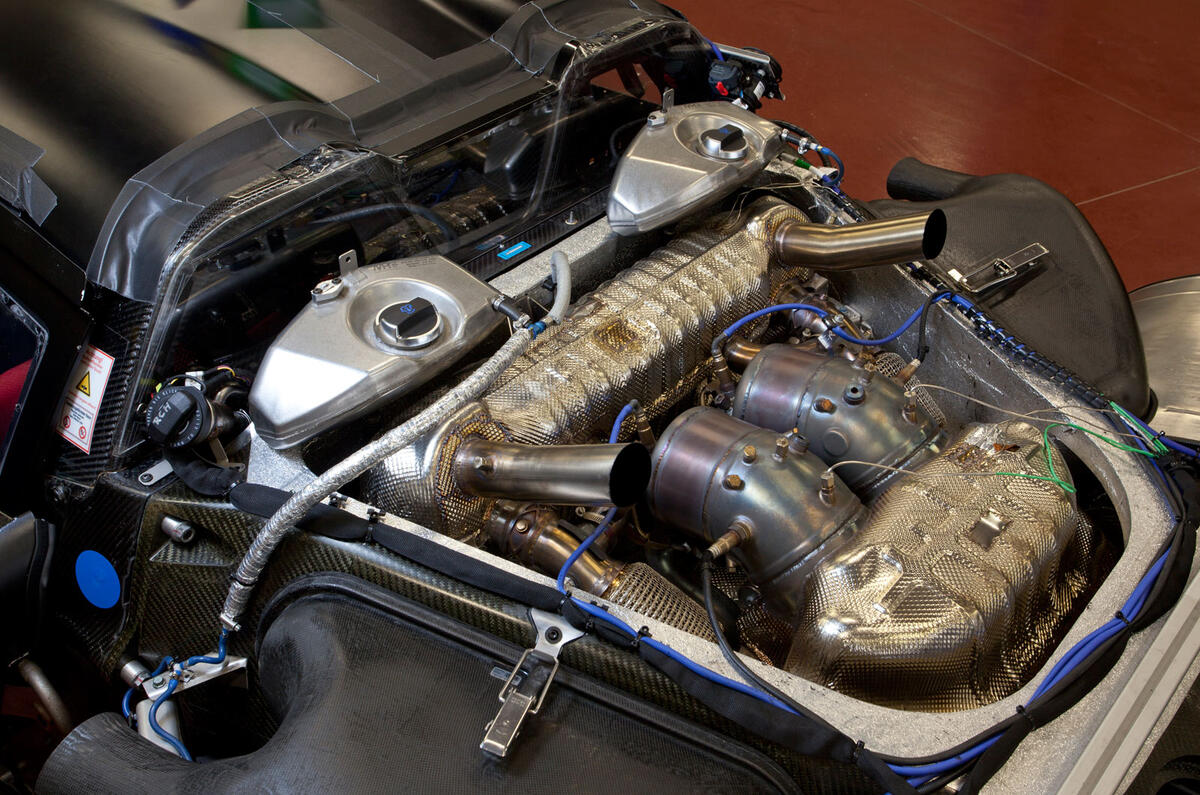
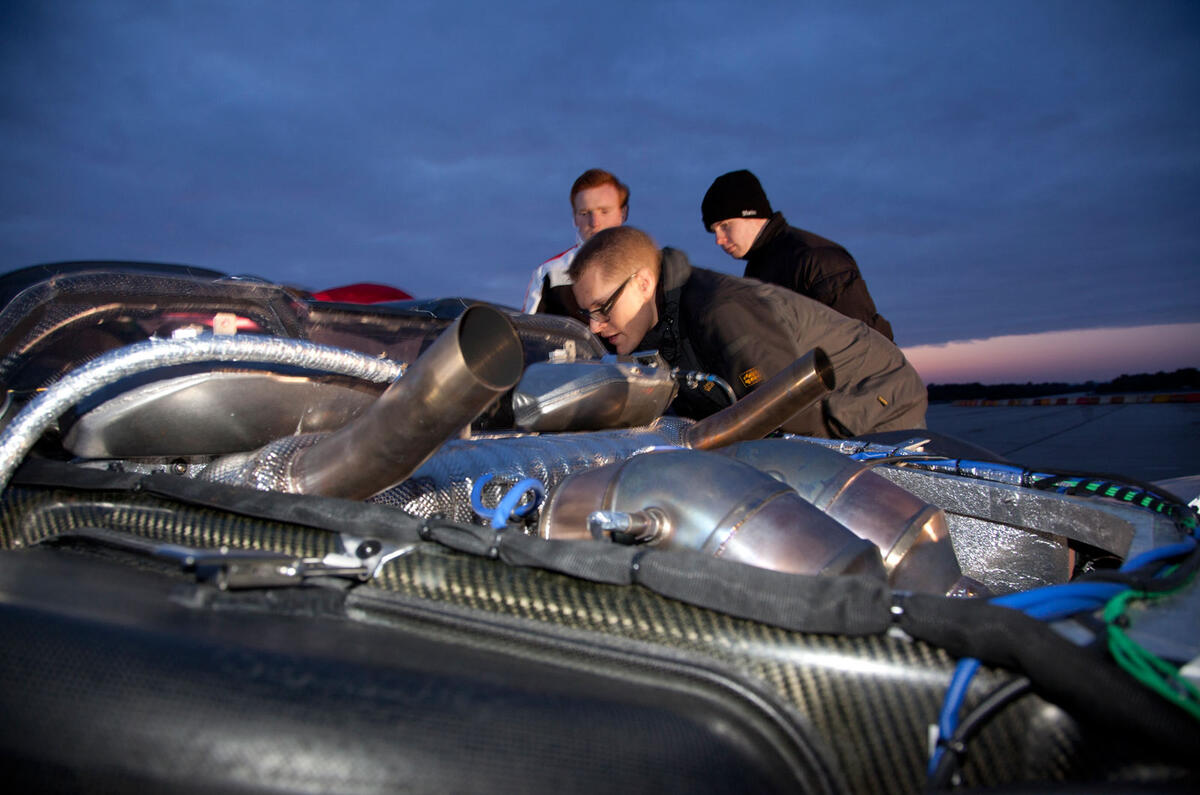
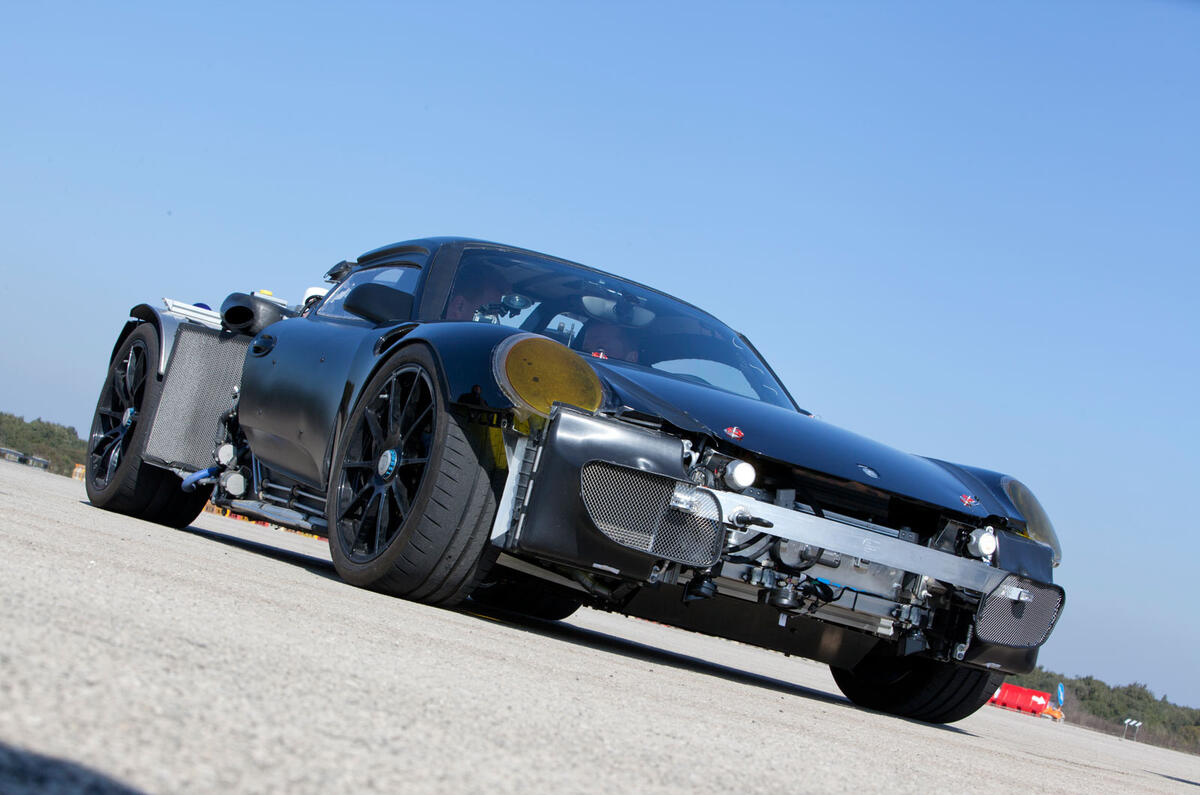
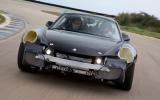

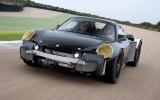

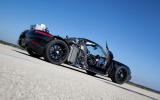
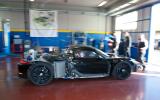
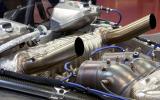
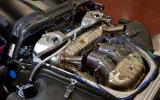
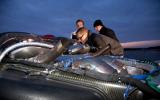




Join the debate
Add your comment
Re: Flat out in a Porsche 918 Spyder
Well we really need another Porsche that nobody can afford and nobody car drive legally. Wonderful. And it weighs 1,700 kg. Terrific.Here's a new idea, let Porsche make the LIGHTEST Porsche ever? Oh, no, they don't do that do they. Just bigger, heavier and more complicated. What a waste of time.
Re: Flat out in a Porsche 918 Spyder
Re: Flat out in a Porsche 918 Spyder